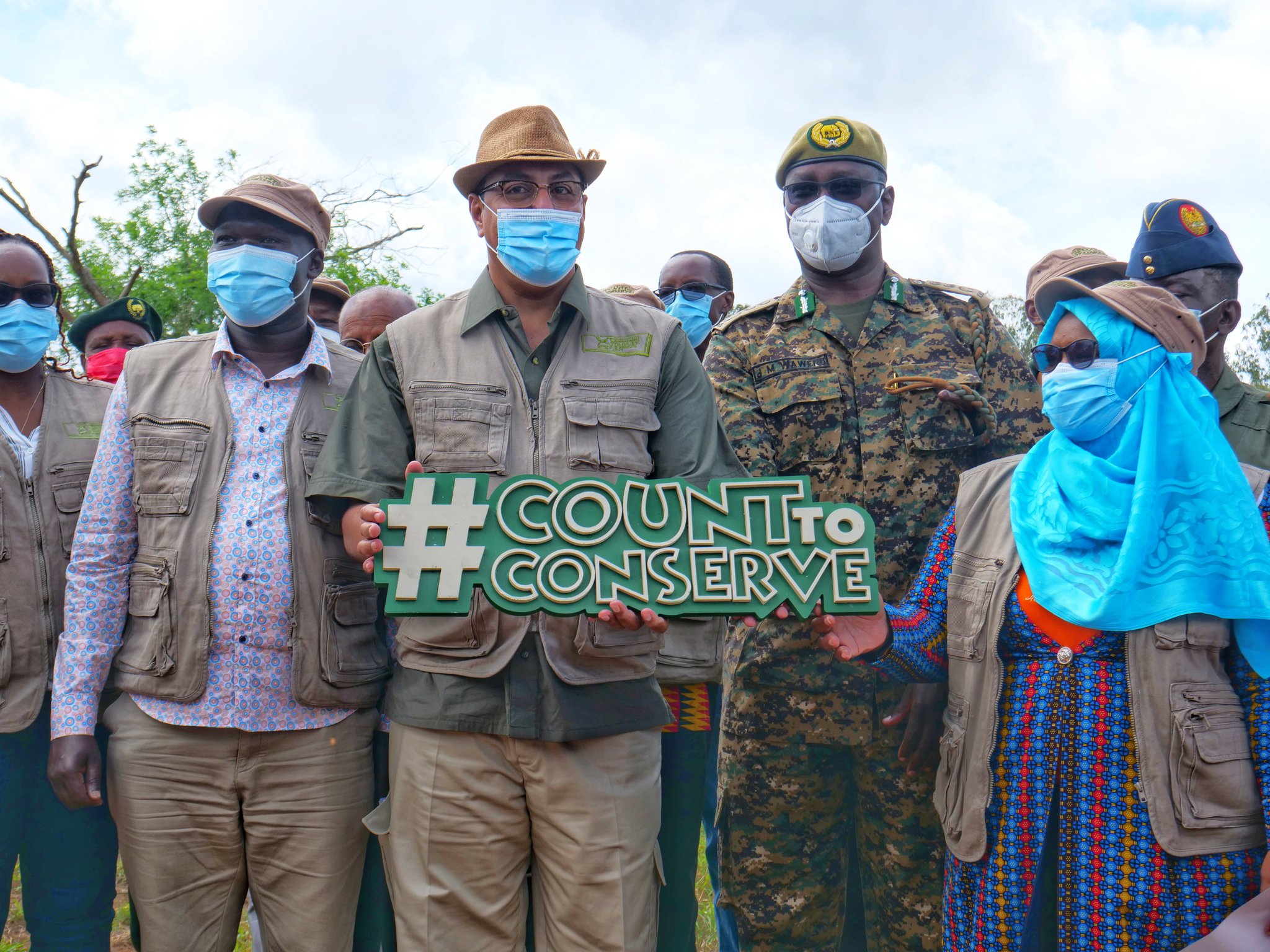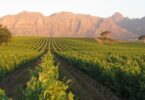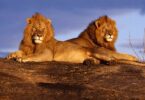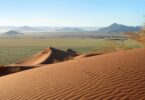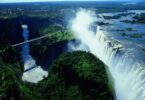Tourism Cabinet Secretary Najib Balala has announced the first-ever Kenyan national wildlife census drive.
The national wildlife census will run from May to July. The Ministry of Tourism hopes to get a solid figure on the exact number of wild animals the country has including marine animals.
Balala offered that this will help the government in making better decisions for the sector including how best to protect endangered species. Communities living around conservancies will help in the census as rangers and researchers also do the same on land and via helicopters.
“The National Wildlife census will help @kwskenya to change the conservation model that mitigates human-wildlife conflict, while protecting people’s livelihoods. A model that balances conservation and livelihoods Flag of Kenya,” said Balala during the launch of the census at Shimba Hills National Reserve in Kwale.
Also read: 5 Most Expensive Luxury Safari Camps In Maasai Mara

Tourism Cabinet Secretary Najib Balala. [Photo: Najib Balala]
Pangolins are highly sought after due to their scaly nature. The scales are used in manufacturing different apparels such as handbags and footwear.
The Sable antelope – now less than 100 in Kenya – will also be on focus.
Shimba Hills National Reserve in Kwale County, is rich in flora and fauna, well known as the home of the Sable Antelope, forest birdlife and a big population of African Elephants, with the scenic Sheldrick Falls and the dense Mwaluganje Forest.
The national wildlife census will cost $2.3 million (Ksh250 million). Though there have been animal census drives in the past, the national census will be systematic and inclusive.
In the past, animals – mainly rhinos and elephants which are eye candy for poachers – have been counted separately.
Each region with a conservancy, a park or game reserve will have all the animals counted. For example, the wildlife population in the Northeastern region is not known despite having several conservancies.
“We know there are major gaps. We probably don’t know much about what is going on in northern Kenya,” said Winnie Kiiru, acting chairperson of the Kenya Wildlife Research Training Institute.
Parks and reserves in Northern Kenya are the least visited due to a string of factors the major one being insecurity. Northeastern Kenya is a hotbed of terror attacks by Somalia-based militants Al-Shabaab.
Once the census is concluded, the government can lay out elaborate conservation plans with human encroachment being a major factor to consider.
Also read: When Bill Gates Visited Sanctuary Olonana In Maasai Mara
In January, Kenya and Tanzania announced plans to commence wildlife census in the Maasai Mara and Serengeti ecosystems.
The exercise was to be undertaken at the cross borders of Kenya and Tanzania.
The census would focus on the big five – elephants, buffalos, leopards, lions and rhinos. The two countries will also take count of other big mammals crossing the Mara-Serengeti ecosystem.
At the iconic Maasai Mara, millions of wild animals among them thousands of wildebeest cross over to Serengeti every year in search of pasture.
The census is aimed at giving a tangible course way into the conservation of the Mara-Serengeti ecosystem.
It will resolve the challenges that have dogged the joint ecosystem that threatens the existence of wildlife in the long term.
Facilitated by the European Union (EU) a special task force has been formed to prepare an operational plan on the census.
Kenya Wildlife Service, rangers in the Maasai Mara, officials from Tanzania Wildlife Research Institute, Wildlife Division of Tanzania and Tanzania National Parks and NGOs will be involved in the census.
It will also inform a model on how to create a cohesive existence between monitoring wildlife and their management between Kenya and Tanzania.

Maasai Mara [Photo Lindberg Holidays and Safaris]
Also read: Wildebeest Migration: Dos And Don’ts For Tourists In Maasai Mara
In the recent past, stakeholders have raised alarm over the high death rate of iconic animals on this ecosystem.
A distance of about 1,500 miles, the Mara-Serengeti Ecosystem runs from Loita Hills in Narok and crosses into Ngorongoro Highlands in Tanzania where Serengeti sits.
This ecosystem tops as Africa’s most diverse wildlife conservation area.
In the last 50 years, 40 per cent of the iconic animals have died while the big five – rhinos and elephants – have been under intense threat.
Poaching and climate change have been blamed for the ecosystem’s change.


